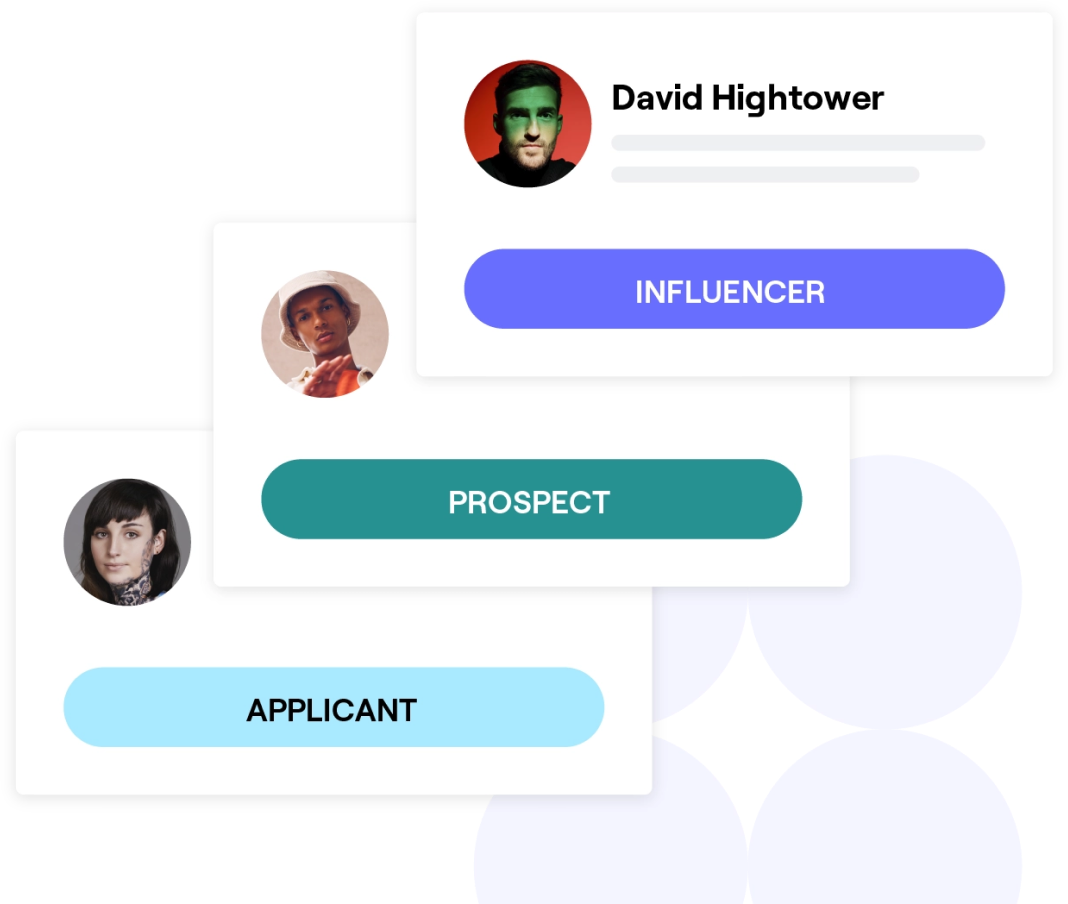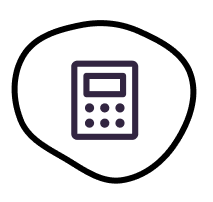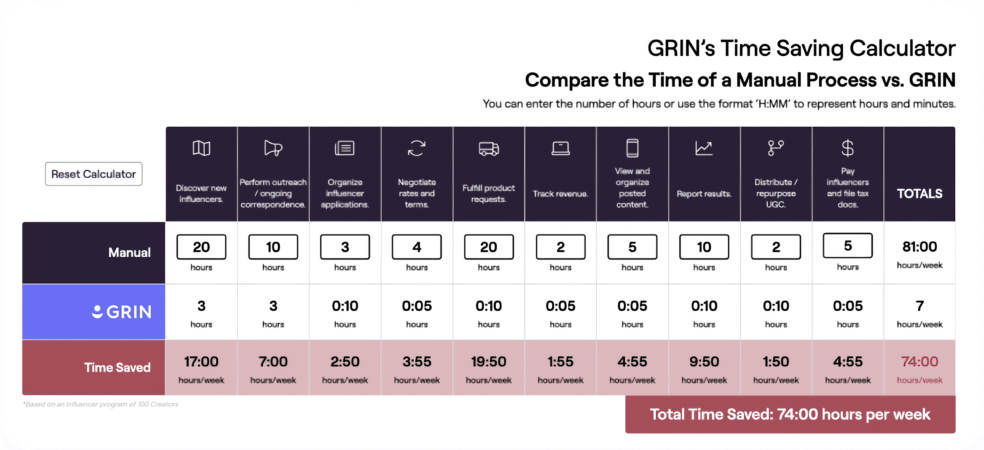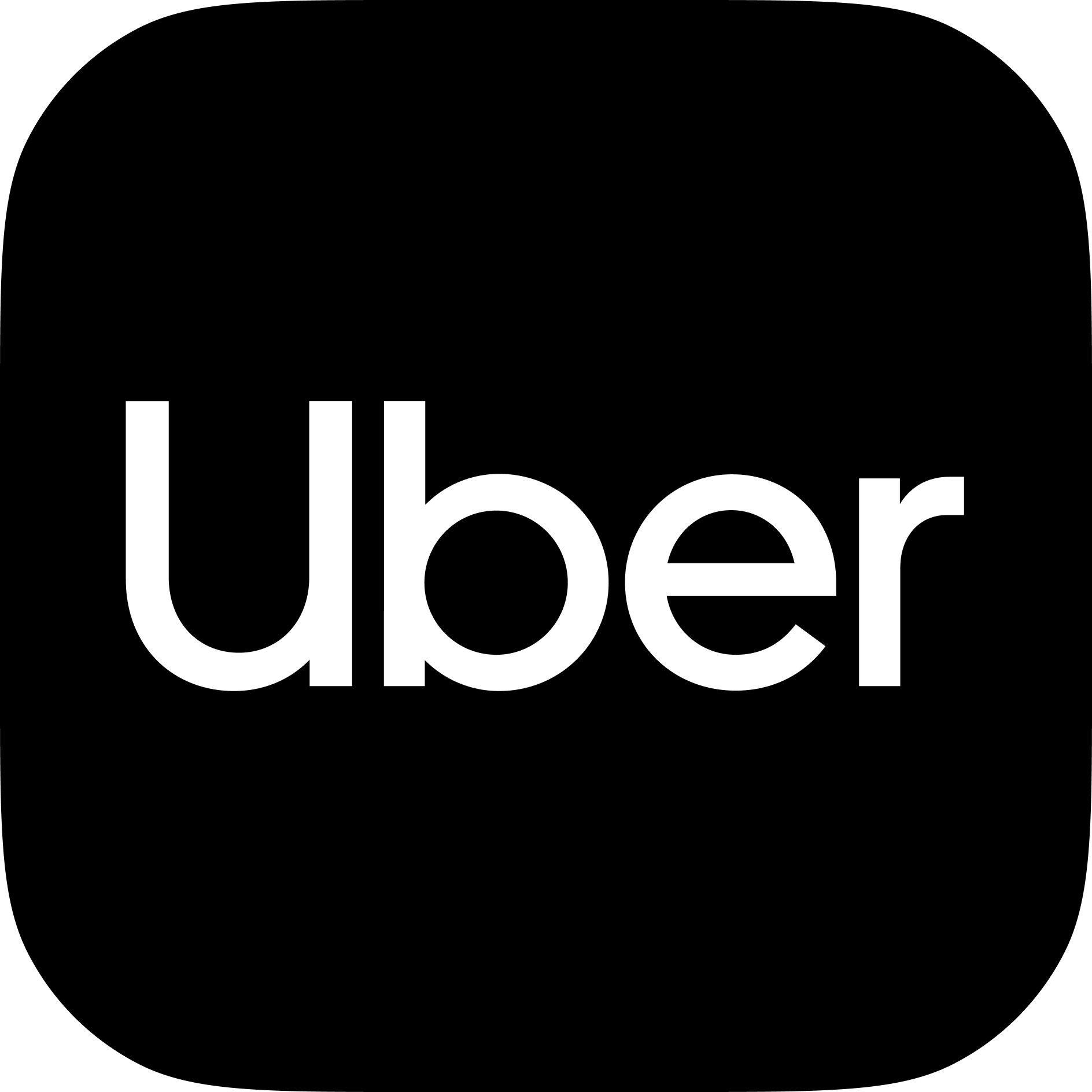If a tree falls in the forest and no one is around to hear it, does it make a sound?
Don’t worry, we’re not here to debate philosophical thought experiments. But let’s apply a similar concept to audience building in marketing.
If you create great content, but no one sees or engages with it, does it really matter?
This one is easy. It sure doesn’t.
Building an audience in marketing requires both the creation of quality content and the strategic promotion of that content to reach and engage with your target audience. Without the audience, the value of your content (and overall brand) gets lost, much like the sound of a falling tree in an empty forest.
Building a small audience is relatively easy. But building a massive audience is a different beast entirely. So, let’s start with the basics.
What is audience development?
Audience development means identifying, attracting, and interacting with a specific group most likely to be interested in a product or service. The end goal is to increase the engagement and overall size of a target group of consumers to generate more leads, build brand awareness, and increase sales.
Why is audience building important?
Your message goes straight to the void without people willing to listen. Audience building is critical because it ensures you always have a set of engaged consumers willing to hear you out and engage with your brand. Without them, generating leads and sales is virtually impossible.
What are the characteristics of a good audience?
You can’t just speak to whoever will listen when you first start building your audience. The audience that will drive the most value for your brand should have the following characteristics.
- Accessible: You have to be able to get your message to your audience easily. That means identifying which platforms they are most active on, and determining how they like to receive content (i.e., videos, static images, newsletters, etc.)
- Aligned: The best audience identifies closely with your brand mission and values. Aligned followers will form a deeper connection with your brand and be more likely to integrate your products or services into their daily routines.
- Receptive: You want your audience to be open to new ideas. That way, you’ll have more room to experiment with new products and even pull them away from other brands they’re more familiar with.
- Engaged: Welcome curiosity with open arms. If an audience engages with your brand and asks questions, they’re interested in your message. Be sure to respond to their queries whenever possible.
- Loyal: Loyalty is the end goal. A loyal audience will come back repeatedly and deliver long-term value. Be sure to reward these audiences however you can.
9 tips to guide your audience-building strategy
1. Determine your ideal customer profile.
You can’t build an audience without knowing who you’re speaking to. To develop your ideal customer persona, ask yourself the following questions:
- How old are they?
- Where do they live?
- What is their gender?
- What do they do for a living?
- What causes do they care about?
- What do they do for fun?
- What pain points do they have?
- What kind of content do they enjoy the most?
- What are their values?
- Where do they spend time online?
Once you’ve outlined your ideal customer, condense them into a single persona. You can even give the persona a name and appearance. That way, your marketing material will be more conversational, as if you’re speaking to a single person rather than a faceless entity.
2. Create your brand story.
Storytelling is the art of expressing who you are and what you stand for. When crafting your brand story, be sure to communicate your core values, mission, and vision. A compelling story will help attract a like-minded audience and help followers feel more closely connected to your brand.
But keep in mind that your story goes beyond just the “About Us” page on your website. Everything—from your logo and design to your social content—should help weave the narrative of your brand story.
3. Research competitors.
While you shouldn’t be copying your competitors, you should definitely study what they’re doing. Effective competitive research can give you tremendous insights to help frame a strategy that sets you apart.
Observe where they are failing and what they are doing well. From there, determine the “why.” Based on these observations, you can adopt some successful methods and optimize the weaker ones.
Studying multiple competitors will enable you to find holes in their strategies. Not only does your strategy become easier to build, but you can also perfect it using these insights, allowing you to strengthen your audience-building strategy.
4. Identify your key selling points.
To grow your audience, you need to determine at least one unique selling point that differentiates you from other brands in your industry. This will help you stand out from your competitors and attract more attention to your company.
Your unique selling point doesn’t necessarily have to be limited to your product or services. In fact, it can be anything that provides value and improves the lives of your consumers. For example, more transparent customer service, cost reduction, and time-saving features are all selling points you can use to grab your audience’s attention.
5. Utilize social media.
As of 2023, there are about 4.9 billion people worldwide with at least one social media account. That’s more than half of the global population.
We don’t need to tell you how critical social media is to gaining access to a massive audience. So, here are a few tips to attract more eyeballs and grow your following.
Build solid social media profiles.
Your social media profiles are essentially the face of your brand, so don’t skimp on the details. Be sure to fill out every relevant field in your profile, including a short bio about your brand. Make sure the bio at least hints at your brand story, and include some relevant keywords to help drive traffic to your page.
As for your profile picture, this is the first thing visitors notice when they view your page. Make sure the profile and cover photo are cohesive and include a visible brand logo.
Take Glossier’s Instagram page, for example. The bio is concise, yet the brand’s mission and values are clear. And with a sharp, minimalistic aesthetic, Glossier focuses on showcasing its skincare products and the everyday people who use them.
Study your audience.
You can learn a lot about your audience from how they respond to your content. Once you’ve figured out which type of content they prefer, you can serve them more relevant pieces to improve your audience building strategy. This tailored approach keeps your current audience coming back and attracts lookalike visitors with similar purchasing habits.
Engage your audience.
Engagement is a two-way street. When people reach out to you on social media, you should do your best to respond. Audiences develop a much closer relationship with brands who answer their questions promptly or even simply thank them for being a fan.
Thanks for the perfect sip score! 💚
— Starbucks Coffee (@Starbucks) May 10, 2022
When engaging with your audience, keep the interactions as personalized as possible. People aren’t interested in canned, robotic replies and want to feel like they are interacting with an actual human, not just a brand.
Link your website to social media.
When you link your website to social media, you can take advantage of the traffic on both. First, make sure that you put your website’s link on your social media profiles. This can direct interested people to your website, further increasing their interest.
Similarly, you can put follow buttons on your website for your social media handles. This allows you to tap into the traffic coming to your website. If they find the content on your website interesting, they may connect with your social media profiles. This interlinking of your website and social media accounts will help you discover your traffic’s full potential.
Use relevant hashtags.
Hashtags are a great tool to increase visibility by helping audiences find relevant content. Plus, using the right hashtags ensures that most people coming across your post will be genuinely interested in what you have to say, meaning they are more likely to engage with you and stay connected over time.
See Also: The Ultimate Guide to Hashtags in 2023
Leverage social ads.
Paid promotions are always an effective way to increase your reach and build your audience. By targeting people with ads based on your customer persona, social networks help you zero in on potential customers based on interests, geography, demographics, and more.
The best part about paid ads is that you can create them based on your unique objectives. You can create ads for audience building, to increase engagement, sell your products, or based on other marketing goals.
Social media platforms also offer in-depth analytics and insights into the performance of your ads. These insights can help you see which content your target audience responds best to and which of your ads are most effective.
6. Build or scale your influencer marketing program.
Influencer marketing is one of the best ways to build a large audience. Not only are you getting more eyeballs on your brand, but when done effectively, you’ll gain access to an engaged audience sure to be interested in your products.
The size of an influencer’s following will greatly affect their rates. However, audience size isn’t the end-all-be-all. Here are some pros and cons for the various influencer sizes.
Nano and micro influencers (1,000 to 100,000 followers):
Pros:
- More willing to accept free products in exchange for content
- More engaged audiences, on average
- Access to more niche audiences
- More authentic and personal relationships with followers
- More likely to be open to long-term partnerships
Cons:
- Limited reach
- More likely to have less experience working with brands
- Potentially fewer resources to create high-quality content
Macro and celebrity influencers (100,000 to 1 million+ followers):
Pros:
- Instant brand awareness due to their massive audience size
- Established credibility since most audiences view them as thought leaders in their industry
- More resources and experience creating high-quality content
Cons:
- Much higher rates
- Lower engagement rates
- Limited availability due to massive audience size and high demand
See Also: How to Find Content Creators guidebook
7. Develop a content marketing strategy.
Solid content marketing is critical for people to notice your brand online. It doesn’t matter how good your brand or product is—you need content marketing to sell it and grow your brand.
“Good” content should engage your readers and help them solve a problem. By establishing yourself as an authority in your space, you’ll become a go-to source for your target audience.
Remember: Content should go beyond your website and blog content. Think videos, advertisements, social media posts, and infographics—even comment replies are useful content.
From there, consider implementing a strategy to turn your audience into subscribers through a newsletter, webinar, or some other form of scheduled content. This will help ensure they keep returning to your brand for more insights.
8. Optimize for search.
Organic search is responsible for more than 50% of all website traffic, making a comprehensive SEO strategy essential for audience building.
To rank higher in search engines, you need to target specific keywords for which you want to rank. Then you can start building content around them.
You should also reach out to high-authority websites to generate backlinks to help improve your domain authority and gain favor with Google’s site crawlers.
And remember to optimize for search on social media, too. More and more consumers, especially Gen Z, are turning to TikTok rather than Google to discover information in the style and format they are most comfortable with.
9. Prioritize authenticity.
Audiences crave authenticity. As such, you need to prioritize it in your strategy from the top down.
A few reasons authenticity is so important while building your audience include:
- Trust: Never try to manipulate or deceive your audience with inauthentic content. When your audience trusts you, they’re far more likely to engage with your brand positively and share their experiences with others..
- Emotional connections: Show your audience you care about more than just your bottom line. When your audience can tell you’re looking out for their needs, you’ll increase loyalty and brand advocacy.
- Engagement: Audiences would much rather share, comment, and interact with content from an authentic brand rather than one that just tells them what it thinks they want to hear.
- Differentiators: Don’t be afraid to show some personality. Doing so will help you stand out from your competition and attract more followers.
Audience development examples to inspire your strategy
MVMT
When MVMT first started, its audience-building strategy was simple: Find Instagram creators posting images that reflected MVMT’s aesthetic and invite them to collaborate with the brand. The content quickly gained attention as audiences gravitated toward the authentic content posted by the brand-aligned creators, resulting in a cost-effective way to generate revenue and awareness.
Learn More: View the full MVMT case study.
Trifecta Nutrition
Trifecta Nutrition built its audience with the help of creators who could showcase how to integrate products into their daily routines. Because these creators clearly had the physique many of Trifecta’s target consumers wanted to achieve or maintain, audiences trusted the product would help them reach their fitness goals.
Learn More: View the full Trifecta Nutrition case study.
Key takeaway: To build an audience from nothing, give people a reason to care about your brand.
Audience building is no easy task. It takes time to get people to regularly pay attention to your message and even more time to build loyalty. In the meantime, the best thing you can do is give consumers a reason to care. Start by determining your target audience’s pain points and offer a solution. From there, you can cultivate a brand story and engagement strategy that keeps your fans coming back for more.

















